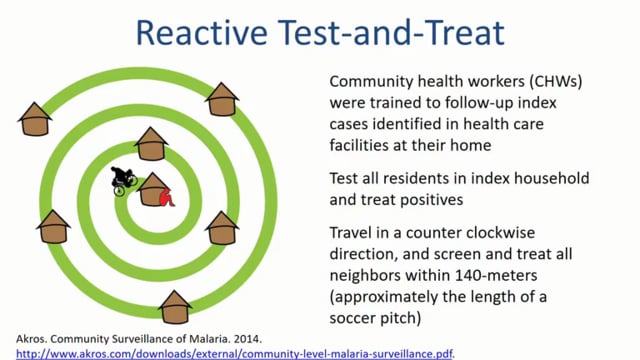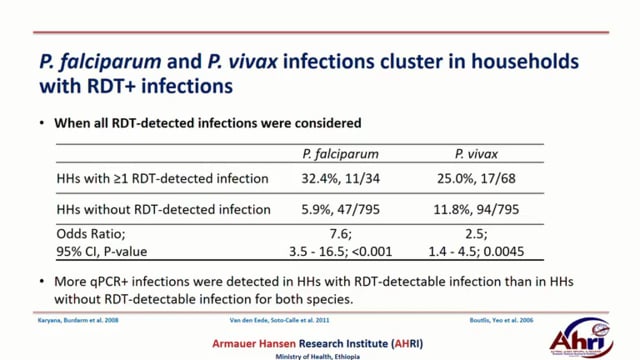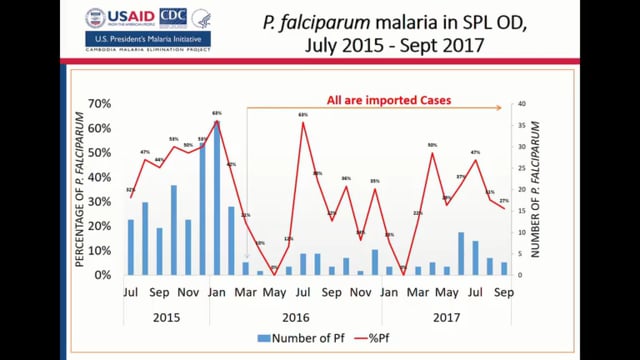ASTMH 2017, Kelly Searle: “Evaluating the efficiency of reactive case detection to achieve malaria elimination in rural southern Zambia using follow-up household visits and parasite genotyping”
Countries: Zambia
Published: 07/11/2017
In collaboration with ASTMH, Image Audiovisuals, and session presenters, MESA brings you this webcast from the 66th ASTMH annual meeting in Baltimore, November 2017
Title: “Evaluating the efficiency of reactive case detection to achieve malaria elimination in rural southern Zambia using follow-up household visits and parasite genotyping”
Speaker: Kelly M. Searle, Johns Hopkins Bloomberg School of Public Health
Session information:
Tuesday, 7 November, 4:00 – 5:45 PM, Convention Center – Ballroom III (Level 400)
Abstract:
Targeted interventions to identify and treat the asymptomatic reservoir have been implemented in areas approaching malaria elimination. Reactive case detection is currently conducted in Southern Province, Zambia to enhance surveillance and clear the asymptomatic reservoir. After an index case is confirmed with malaria by a rapid diagnostic test (RDT), household members and neighbors residing within 140-meters are tested with an RDT and treated with ACT if positive. The efficiency of this strategy to detect and treat P. falciparum infections was evaluated in the catchment area of Macha Hospital in Southern Province. A subset of index cases was evaluated by a study team who administered a questionnaire, performed an RDT, and collected a blood sample on filter paper for detection of P. falciparum DNA by qPCR. As part of the study, the screening radius was extended to 250-meters and follow-up visits were performed 30 and 90 days after the initial visit. From March 2016-January 2017, 139 households with 935 residents participated. Parasite prevalence and transitions between RDT and qPCR positivity were compared between residents of index and neighboring households over the follow-up. Parasite genetic relatedness between persistent infections within individuals and new infections within households were analyzed using a P. falciparum 24 SNP molecular barcode. Overall, parasite prevalence was higher in index households (1.4% by RDT, 6.9% by qPCR) compared to neighboring households (0.7% by RDT, 2.7% by qPCR). Parasite prevalence by RDT and qPCR decreased over follow-up visits but P. falciparum infection persisted and was not eliminated in study households. Persistent infections were detected by qPCR among those negative by RDT. Identical molecular barcodes were detected among persistent infections within individuals and among newly identified infections within households. The efficiency of reactive case detection in this setting is limited by the low sensitivity of the RDT and continued focal transmission after the intervention. Focal drug administration in the index household may be a more efficient strategy to achieve elimination.
THEMES: Drug-based Strategies | Surveillance



